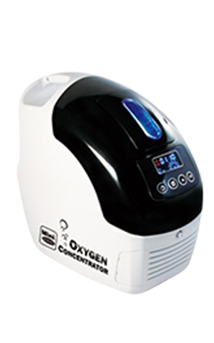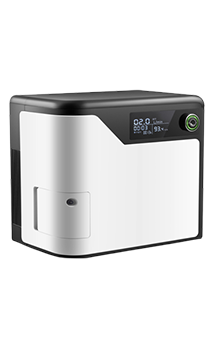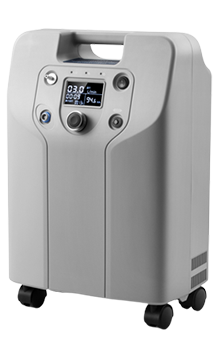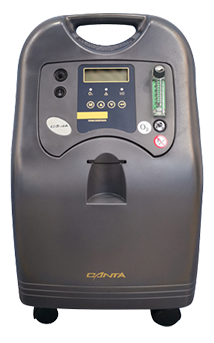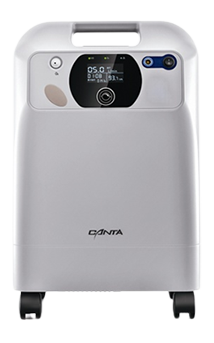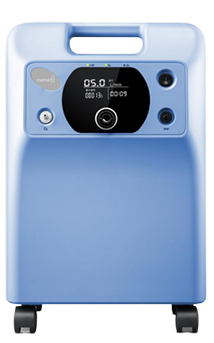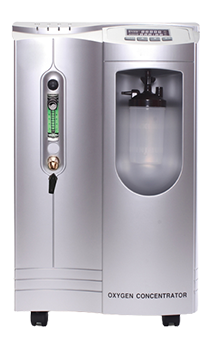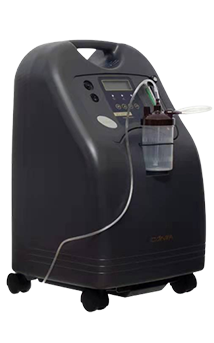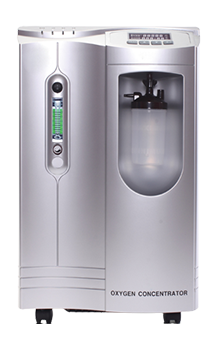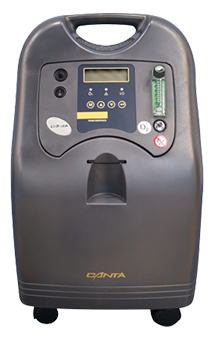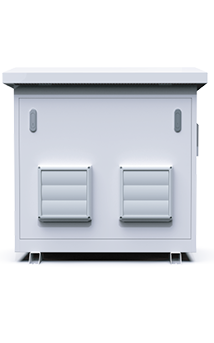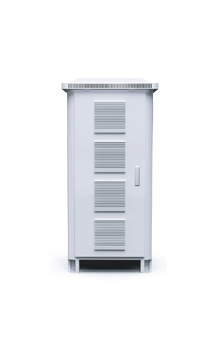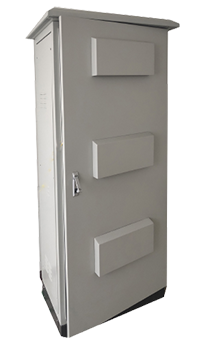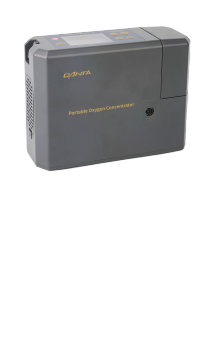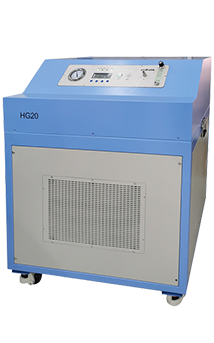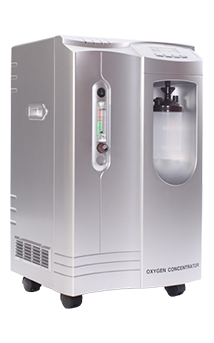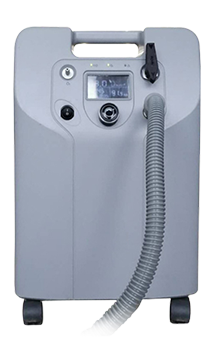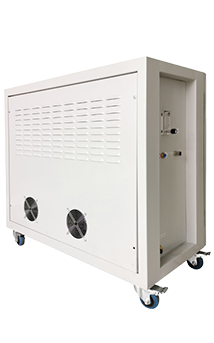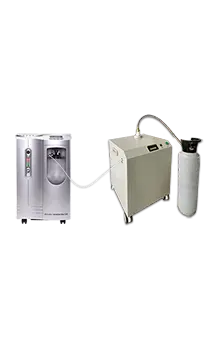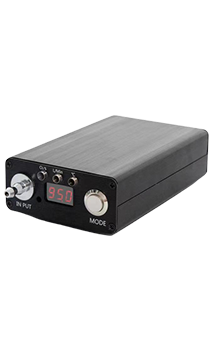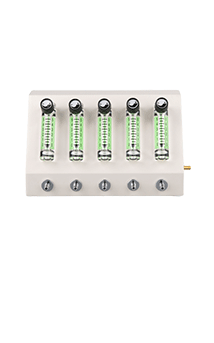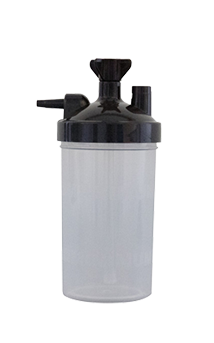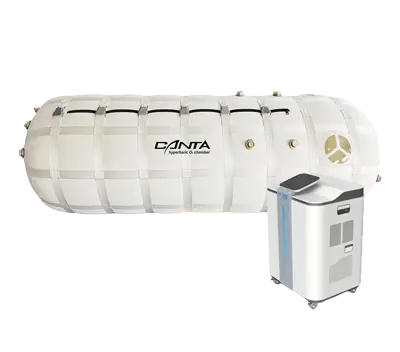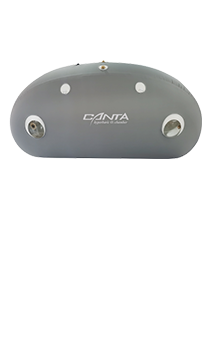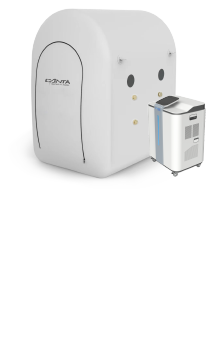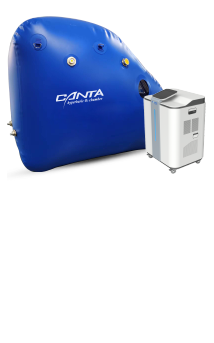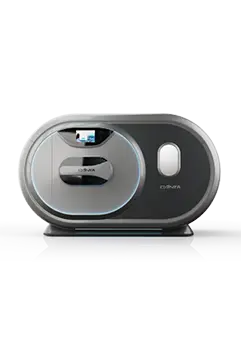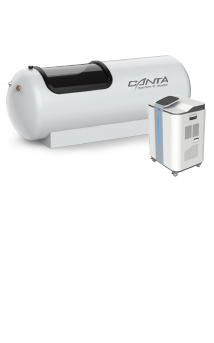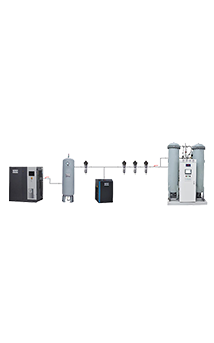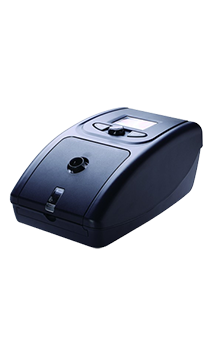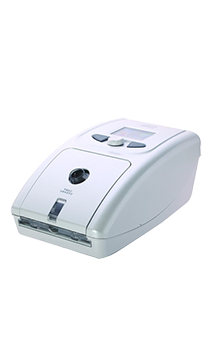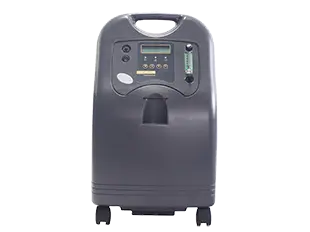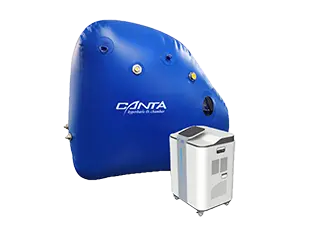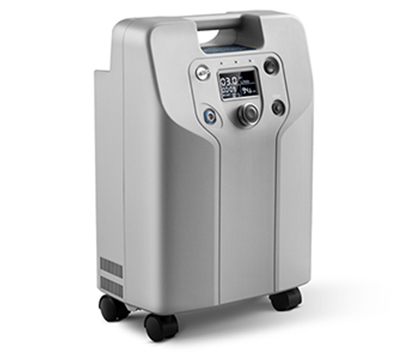In the intricate dance of healthcare, where every heartbeat matters, oxygen is the silent hero that sustains life. Hospitals, the sanctuaries of healing, rely on advanced technology to ensure a constant and reliable supply of this vital element. In this blog, we delve into the crucial role played by oxygen producing machines in the complex ecosystem of healthcare.
The Foundation of Care: Understanding Oxygen Production
Oxygen producing machines are the unsung champions of hospital infrastructure, providing a lifeline for patients in critical condition. These machines, often referred to as oxygen generators, utilize advanced technologies to extract and purify oxygen from the surrounding air. This process ensures a continuous and efficient supply of oxygen, eliminating the need for traditional methods such as oxygen cylinders.
Unveiling the Technology: How Oxygen Generators Work
Pressure Swing Adsorption (PSA) Technology
One of the primary methods employed by oxygen generators is Pressure Swing Adsorption. This technology relies on the ability of certain materials to selectively adsorb gases under pressure. By cycling between high and low pressure, PSA systems separate nitrogen and other gases from the air, leaving behind a high concentration of pure oxygen.
Membrane Oxygen Separation
Another innovative approach involves the use of semipermeable membranes to selectively allow the passage of oxygen while blocking other gases. This membrane-based technology is particularly efficient and is gaining popularity in hospitals seeking a reliable and cost-effective solution for oxygen production.
The Impact on Patient Care: Enhancing Treatment and Recovery
Immediate Availability
Oxygen producing machines ensure the immediate availability of oxygen, critical in emergency situations and surgical procedures. This rapid response can be a deciding factor in the success of medical interventions.
Precision in Oxygen Delivery
With advanced control systems, these machines allow healthcare providers to precisely regulate the flow and concentration of oxygen delivered to patients. This level of control is essential in tailoring treatment plans to individual patient needs.
Cost Efficiency and Sustainability
By eliminating the need for frequent cylinder replacements and transportation, hospitals can significantly reduce operational costs. Additionally, the shift towards on-site oxygen generation contributes to a more sustainable and eco-friendly healthcare system.
Challenges and Future Developments
While oxygen producing machines have transformed patient care, challenges such as equipment maintenance and the need for skilled technicians persist. However, ongoing research and technological advancements aim to address these issues, promising an even more efficient and reliable future for hospital oxygen generation.
In the intricate tapestry of healthcare, oxygen producing machines stand as indispensable tools, silently ensuring the breath of life for countless patients. As technology continues to evolve, these machines will play an increasingly vital role in shaping the landscape of modern healthcare, offering hope and healing with every breath.
 EN
EN  ja
ja  ko
ko  fr
fr  de
de  es
es  it
it  ru
ru  pt
pt  ar
ar  tr
tr  th
th  da
da  fa
fa  pl
pl  ro
ro  hu
hu  el
el  af
af 
